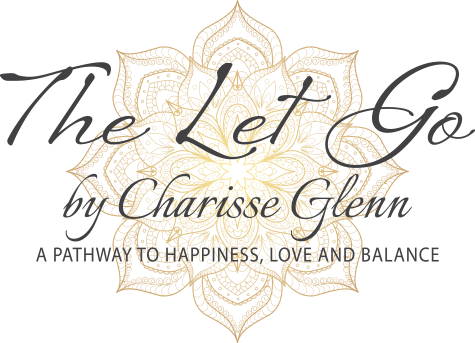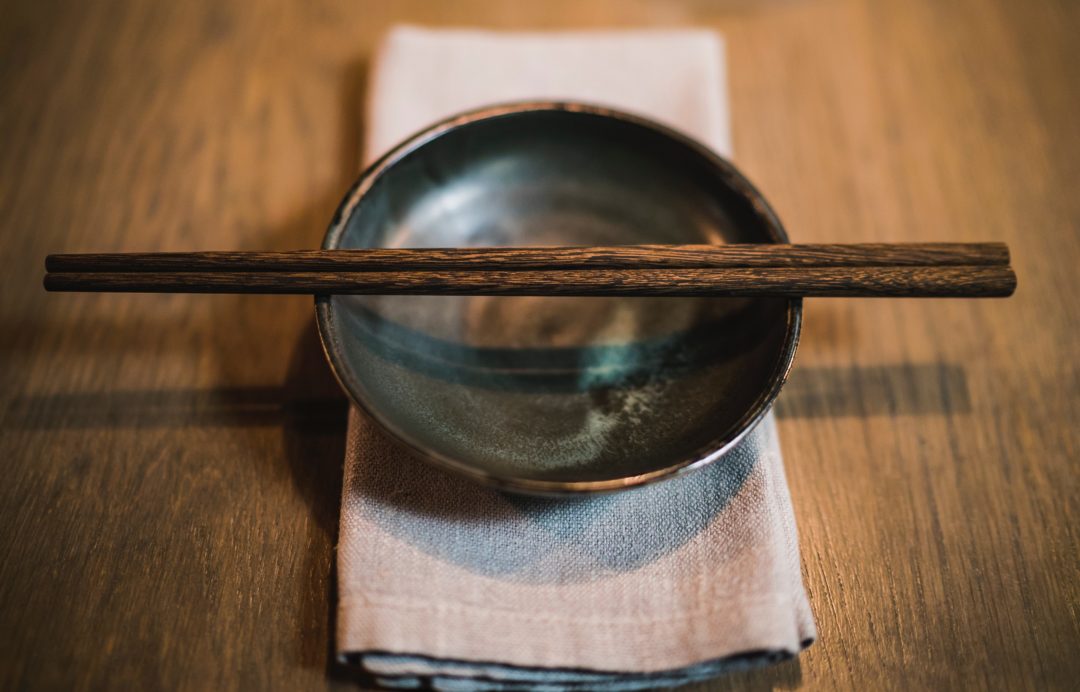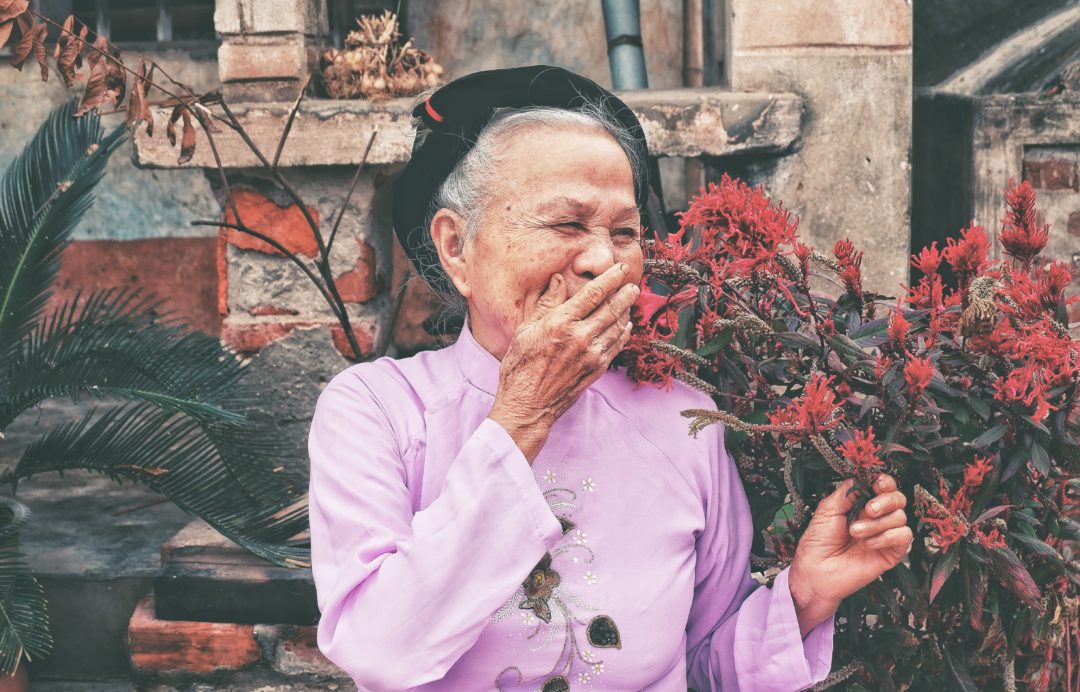It was not until I became an adult that I realized how fortunate I was because of my Eurasian descent. My mother is a second-generation Japanese American, and my father is Anglo. It was at a time when interracial marriages were not commonplace; my folks were ahead of their time.
We come into life as blank slates. Each of our experiences colors the canvas that becomes “us.” What we are exposed to as children guides our choices when we become adults, providing the fodder for our personality and beliefs.
I was fortunate to be exposed to different cultures from birth. What I came to understand was diversity retained many similarities. Core values, etiquette, and manners were consistent. However, the differences came into view when we sat down to eat.
The Japanese side of my family included my grandparents, both born in the states, and my great-grandparents, who barely spoke English. I only mention the language because the exposure to broken English allowed me as an adult to have an ear and tolerance for accents. Particularly those speaking English as a second language.
At meals, we often served out of communal bowls with chopsticks or hashis called in Japanese. Although eating with hashi created inherent variations in how we ate, soup illustrates the differences clearly.
We ate soup by holding the bowl to our lips and drinking it. If there were noodles served in the soup, it was good manners to slurp them; even splattering the broth was ok. It was considered a sign of appreciation, and a burp at the end of the meal was the crème de la crème, signaling a delicious meal. To this day, I still cannot conjure a burp.
My Caucasian side of the family was born of English/European stock. My grandmother’s home reflected that with a different set of rules.
To eat as quietly as possible was mandatory, no slurping and no mess. With a large spoon, we scooped the soup away from the body. I was always mindful to keep the white linen napkin laid upon my lap as soon as I sat down from becoming soiled.
At home, for the most part, we ate western food and would eat with a fork and knife. However, when we ate Japanese or Asian food, we would eat with hashis.
When I was eight years old, we moved to Europe, and although they too ate with a fork and knife, the fork was held prong side down in the left hand and the knife in the right. You ate by using both utensils, whereas I learned to hold the fork in my right hand in America except when I was cutting something. Then you transfer the fork to the left hand and the knife to the right hand, cut, then return it to the right, put the knife down, then eat.
As a child, the anxiety around eating was palpable. As I write this down, I can understand why.
Our belief systems go into place as children. As we develop, we continue to add to those beliefs based on experiences. The more exposed we are to a wide range of thoughts and ideas, the more accepting of differences we become.
The lessons learned from how to eat formulated my views on life. It instilled in me a curiosity and a desire to seek out new perspectives. There was no bias of right or wrong, just what was.
Another contrast was when drinking tea. Green tea is served without sweeteners, whereas Black tea could be taken with milk and sugar. Both are correct. While diversity illustrates there are many ways to go from A to Z, it is also within those differences that similarities exist.
Adaptability, tolerance, acceptance are qualities that are not specific to culture but rather to the human race. If we can let go of what we see as different and instead embrace the texture that variation brings, it may also reveal that within those differences, we are all the same, down deep. Soup is soup, and tea is tea; the alchemy is the same; to nourish.
To preserve the diversity in people and cultures is the real wealth of the world. Our contrasts create the colors and textures of life. The gift of cultural distinctions provides a broader picture if one is open to seeing.
The Let Go is about looking at differences as an opportunity to experience something new. It is about growth which comes as an outcropping of an open mind.
Let us find tolerance in our differences.






Sara Gepp
Another amazing post. I am sure this one will stay with me as I reflect on ho I can relate. Growing up with an Irish- American Mom serving tuna casseroles and a South American Dad who made beef and raisin empanadas on the weekends.
charisse
Sara, thank you for your comment. In this day and age I think the majority of us can relate to coming from diverse backgrounds… However ethnicity is only the obvious difference we have so many in each one a massive similarities… Happy new year. In this day and age I think the majority of us can relate to coming from diverse backgrounds… However ethnicity is only the obvious difference we have so many in each one a massive similarities… your comments are so welcomed! Happy new year !
Karyne
Interestingly the rules and customs of our lives are what feed us and teach us. There were very anglo rules of dining at my childhood table
but what fed us the most was the laughter and pause to pay attention to one another. I still engage in the rules of our table but value the spirit more. Thank you for prompting this remembrance.